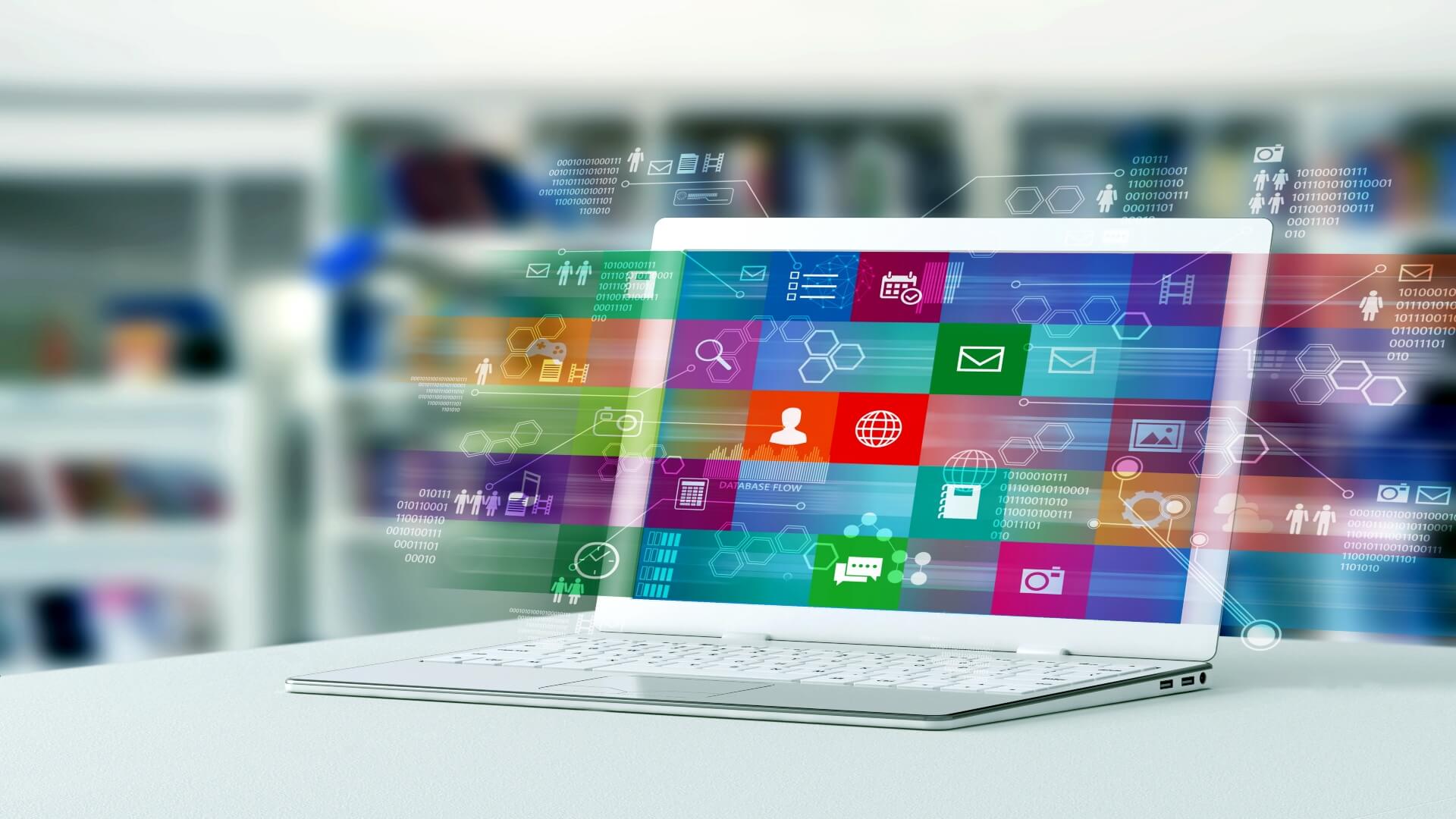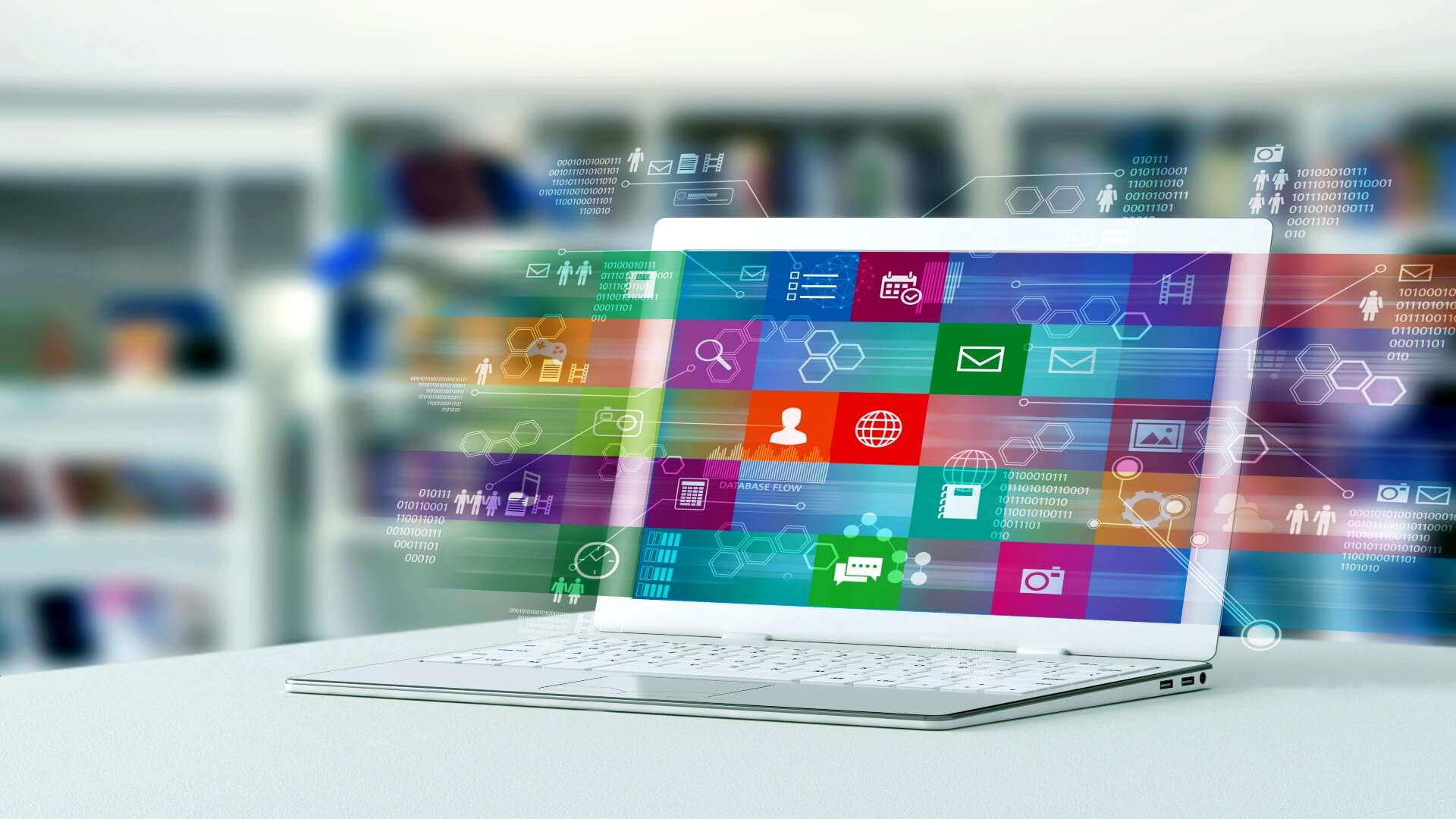Backtesting & Simulation: The Keys To Investing
Backtesting is a powerful way of investigating the effectiveness of your investment strategies without actually risking your capital. While you can’t directly earn money through backtesting, you’ll have better chances of making a profit in the future.
In one study, 50% of analysts and traders used backtesting as an investment technique. While this study was conducted on a small number of users, it still shows the benefits to using this method.
Simulation and backtesting are one of the many techniques to help you be a better player in the world of investing. Take a look at the points in this article to see whether backtesting is something you should spend time doing and implementing with your personal trading strategies.
Backtesting explained
Backtesting and simulation are some of the ways of risk parity that help mitigate losses in the future. Many traders rely on using paper trading, using real-time data to present users with potential loss or profit of a trade.
While similar in the end goal, simulating a trade, backtesting utilizes historical data to reconstruct trades of your choice. The reason behind employing this technique is simple – it allows traders to make future predictions.
To confirm whether your trading model is effective, spend time backtesting different trades and stocks. The execution of a backtest can be challenging, depending on how efficient you want this test to be.
An ideal backtesting practice requires a wide variety of representative stocks. You will receive better results if you include data on liquidated or bankrupt companies. Without using such examples for your backtesting practice, you won’t get objective results.
Simulation explained
Similar to backtesting, simulations are also replicas of trades. You don’t risk any money in simulations, but they will give you an insight into what would happen with your money if you make a certain trade.
By using vast amounts of data, simulations predict how a certain trade would play out by inserting and changing particular variables. According to these variables, simulation offers a range of outcomes that might happen.
Many platforms offer free simulations, which allow you to test out specific trades without risking any money. However, the limitation of simulation is that it won’t give you actual experience, and some of them have quite limited features.
For example, a free simulator won’t allow you to trade penny stocks and trades might not be performed instantly but rather with a delay. You will be able to test out some of the common trades, such as equity trades, options trades, and short sells.
Manual vs. Automated backtesting
If you’ve decided that backtesting is the method that you want to apply for your trades, you probably contemplate which way of backtesting is more efficient. Automated backtesting requires running a script or using an online solution to perform backtesting.
On the other hand, manual backtesting requires studying data and then placing trades manually. This is usually performed through a spreadsheet. Automated backtesting has a speed advantage, while you can learn much more about trading through manual experimentation.
Importance of backtesting and simulation
Every trader will need to spend time in the trading world before he refines his trading techniques. Some people will spend a large amount of money in the process, while others can take a more careful and strategic approach.
Instead of risking your money, backtesting and simulation will help you improve your methods before taking any risks. Anyone can use these methods to improve their trading strategy, but there are certain tools and data that institutional traders and people in finance have access to.
Even though backtesting and simulation will help you practice your trading, even the methods themselves will require you to practice them before you have an in-depth understanding of trading.
Backtesting and simulation are important but not essential
You can learn a lot about your trading methods by implementing backtesting or simulation before performing trades. However, many traders with decades of experience haven’t been using such methods, and they are just as successful.
These methods are only a tool that can help you improve your techniques, yet they aren’t critical for every trader. Remember that minimizing the risk of losing money is always the goal of every trader, but even with these techniques, it can never be zero.
You shouldn’t limit yourself to only using simulation and backtesting to make your trades. It’s still crucial to follow the situations on the market, financial news, and high-authority figures in the world of trading.








